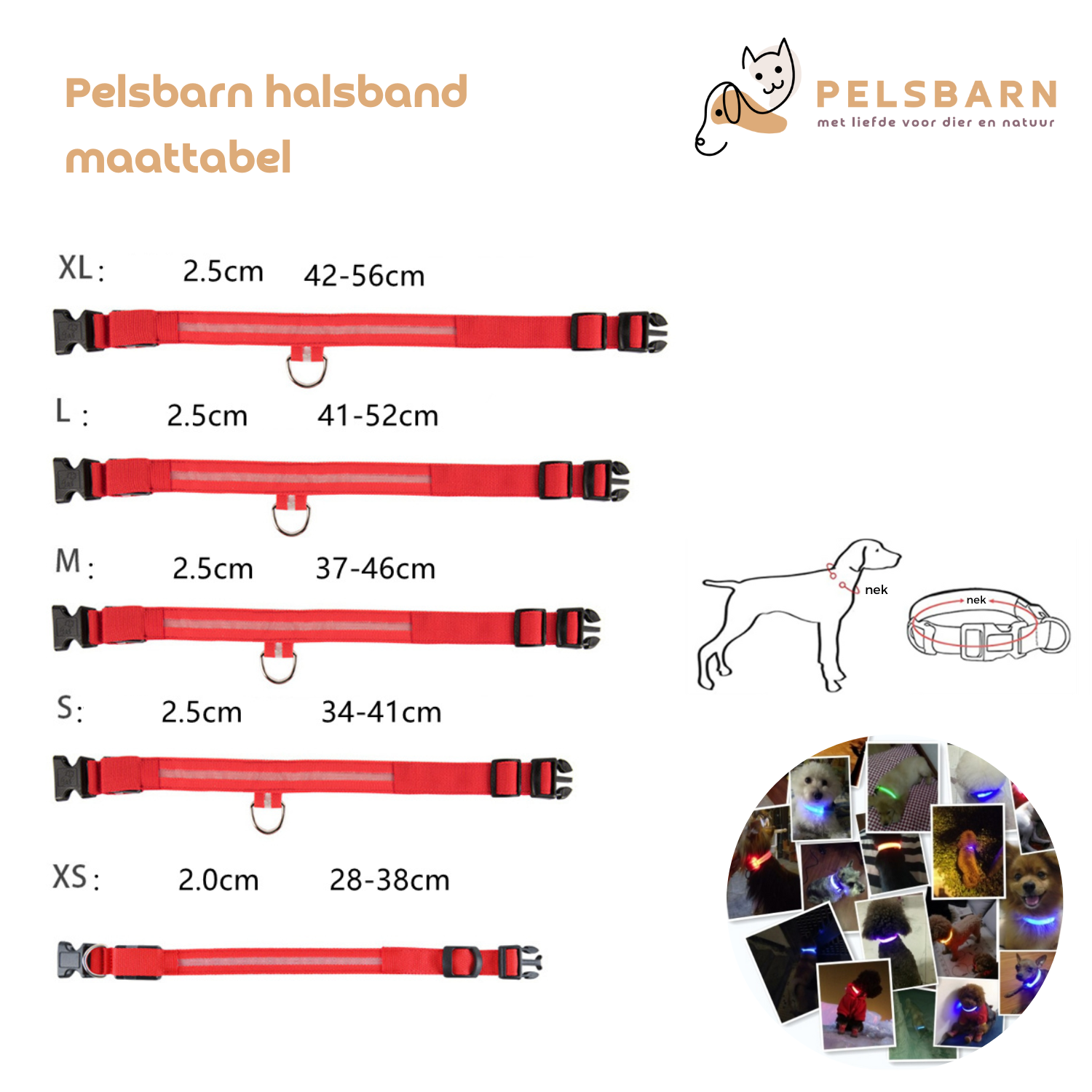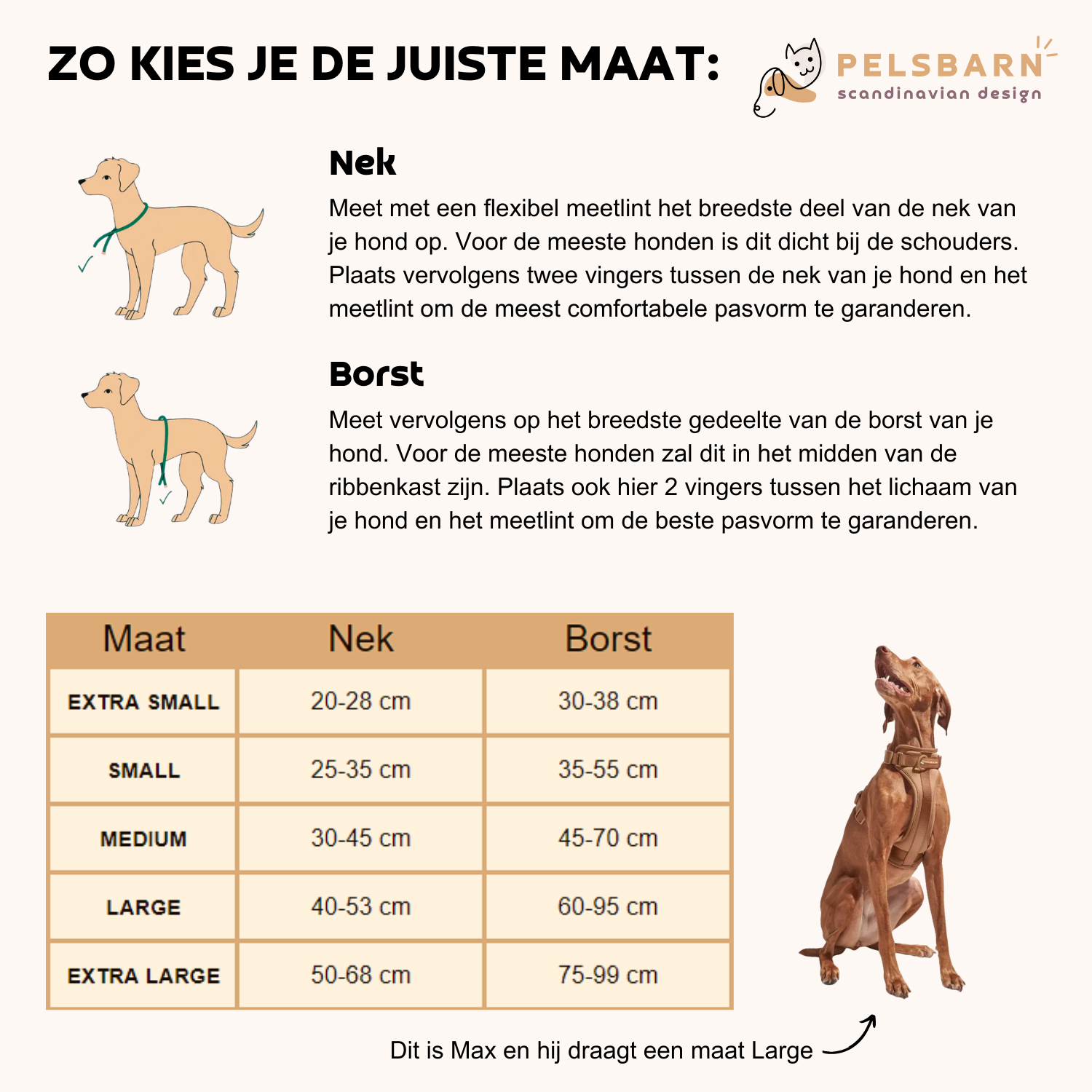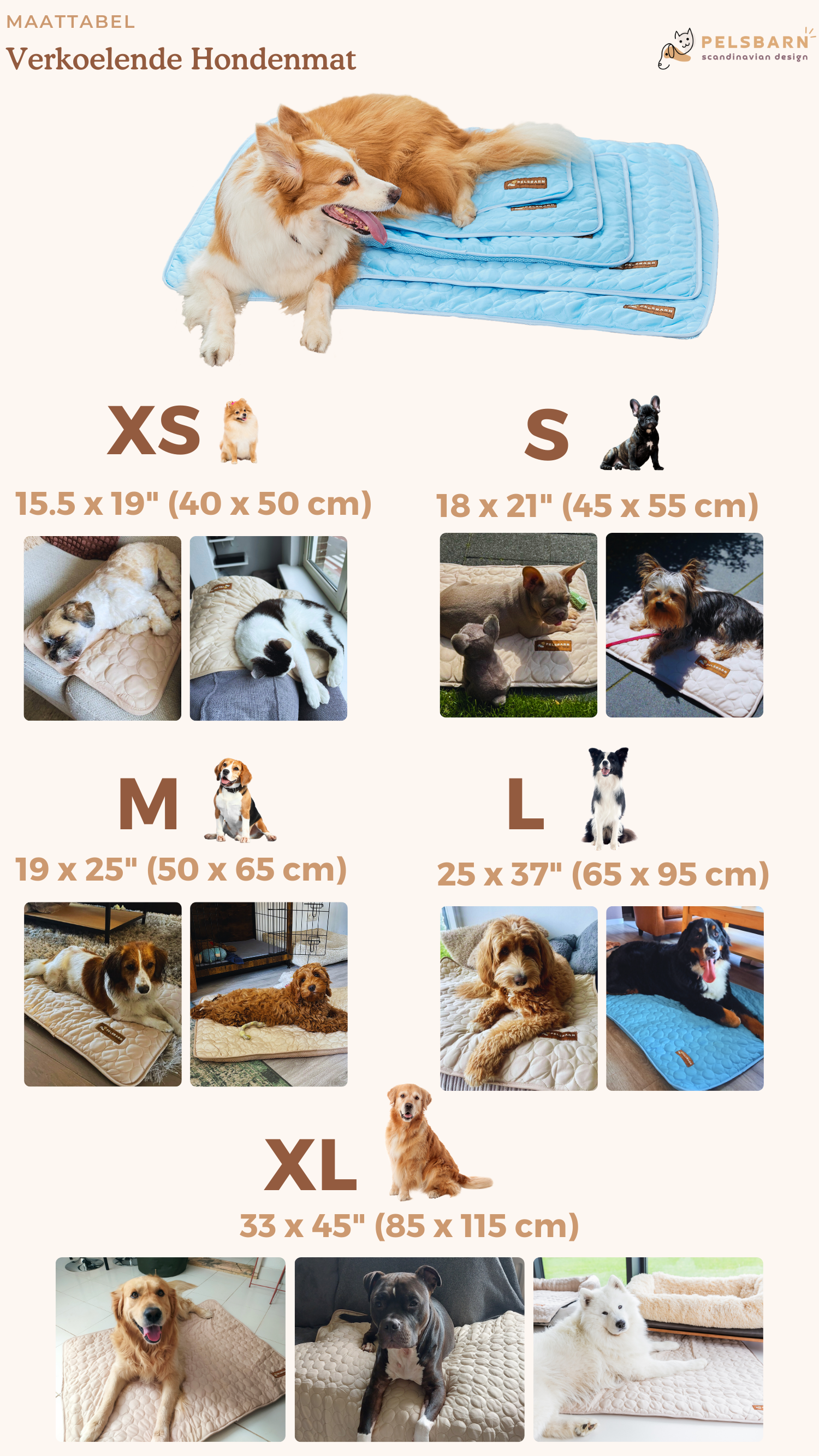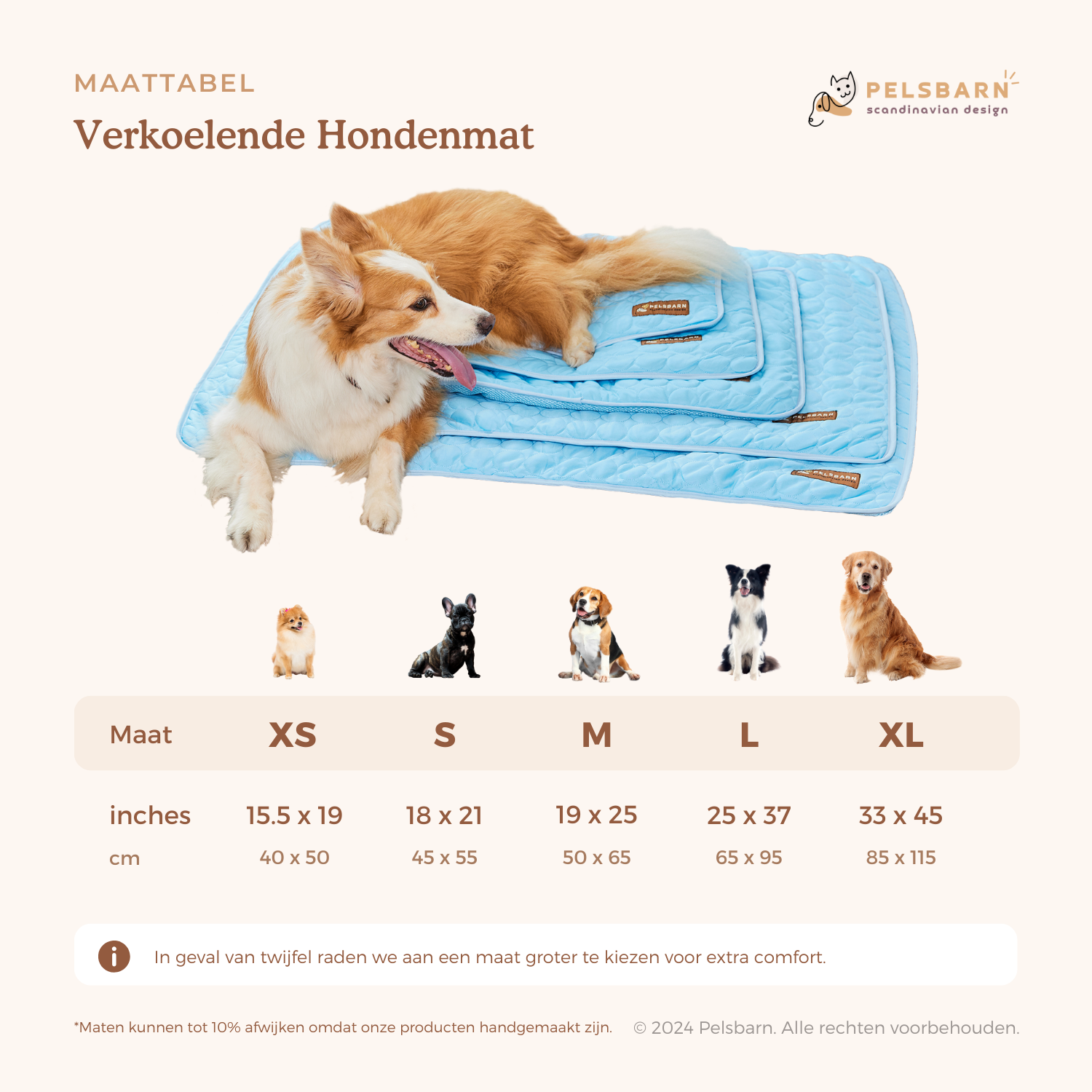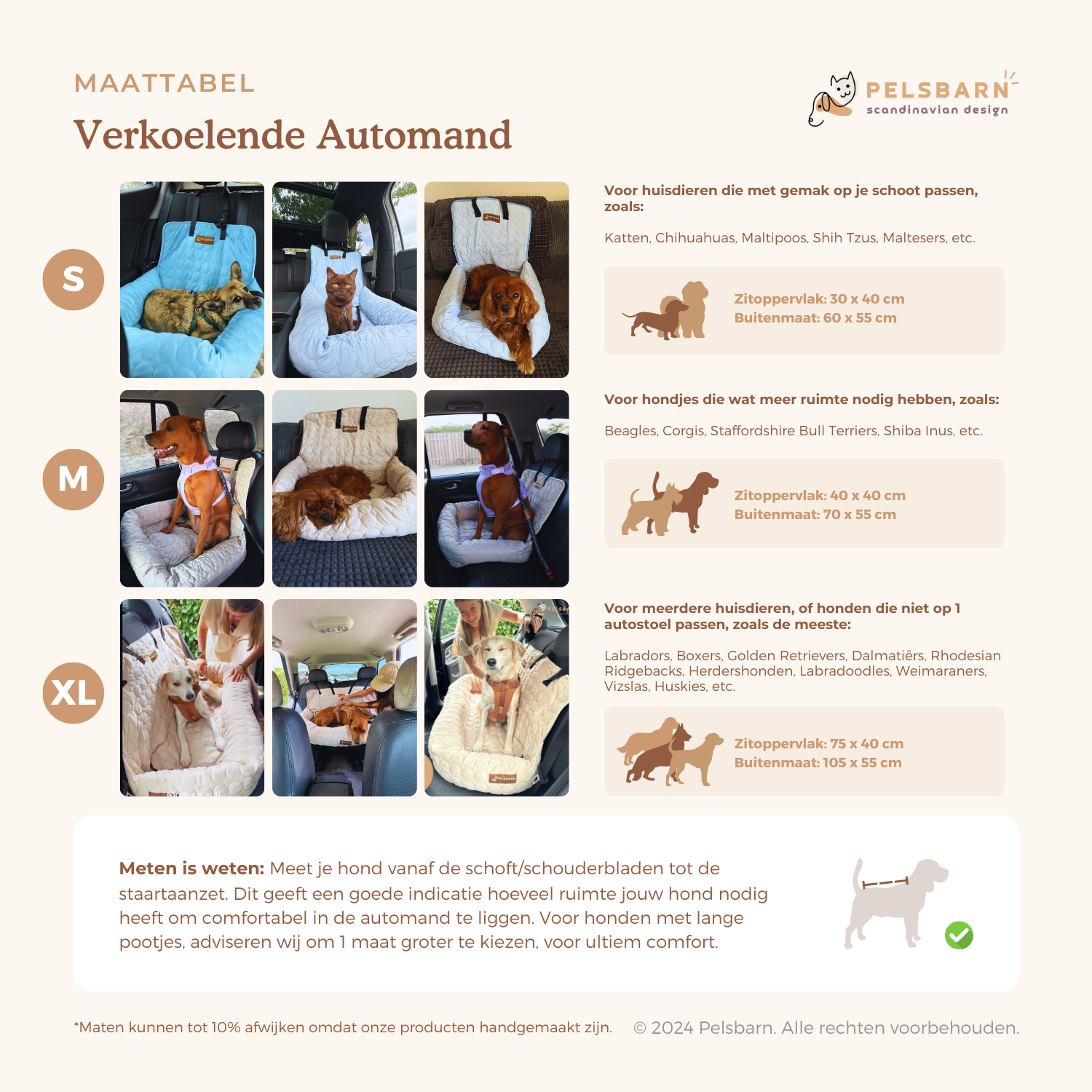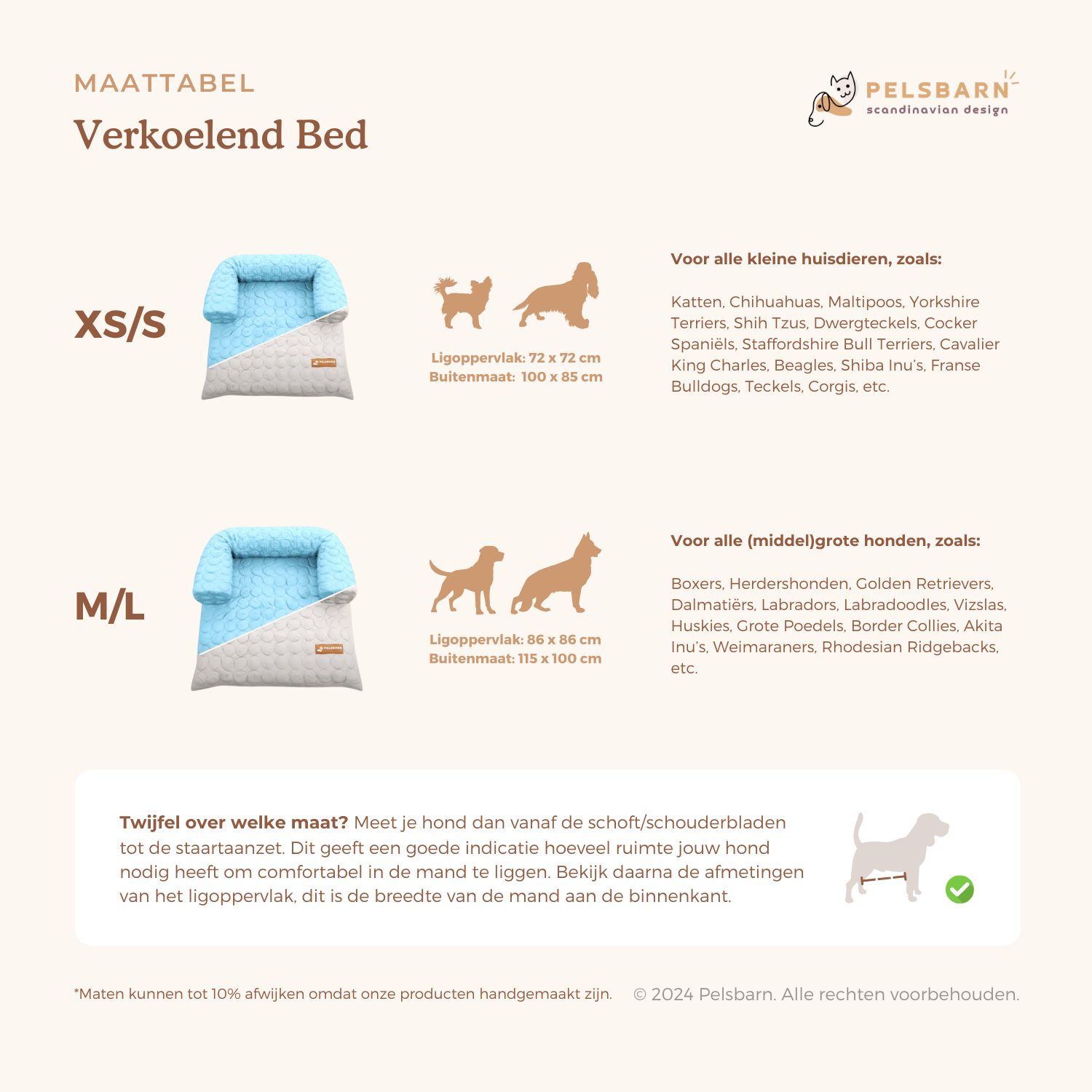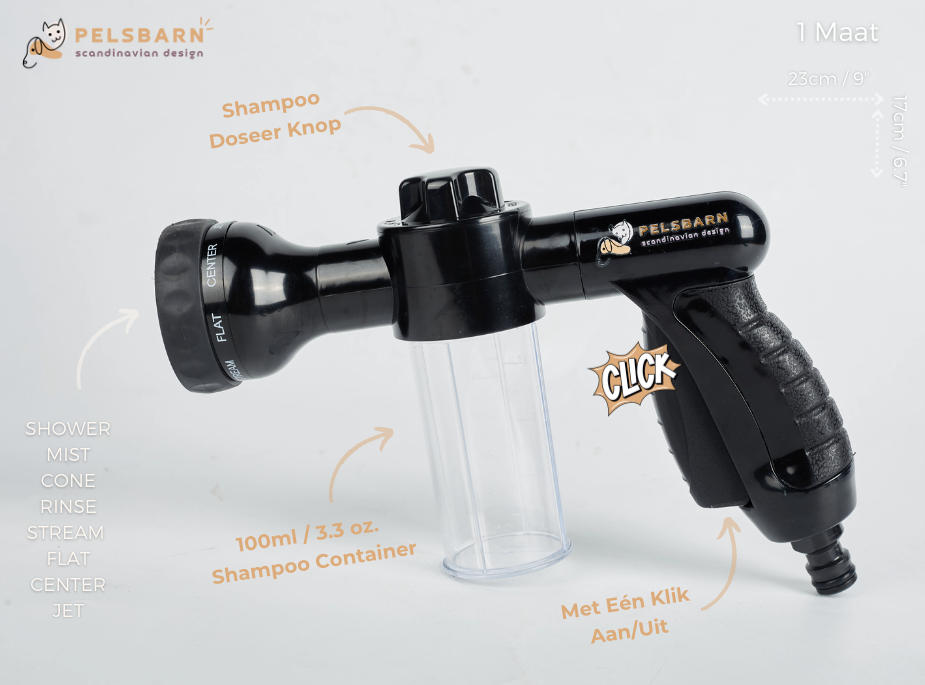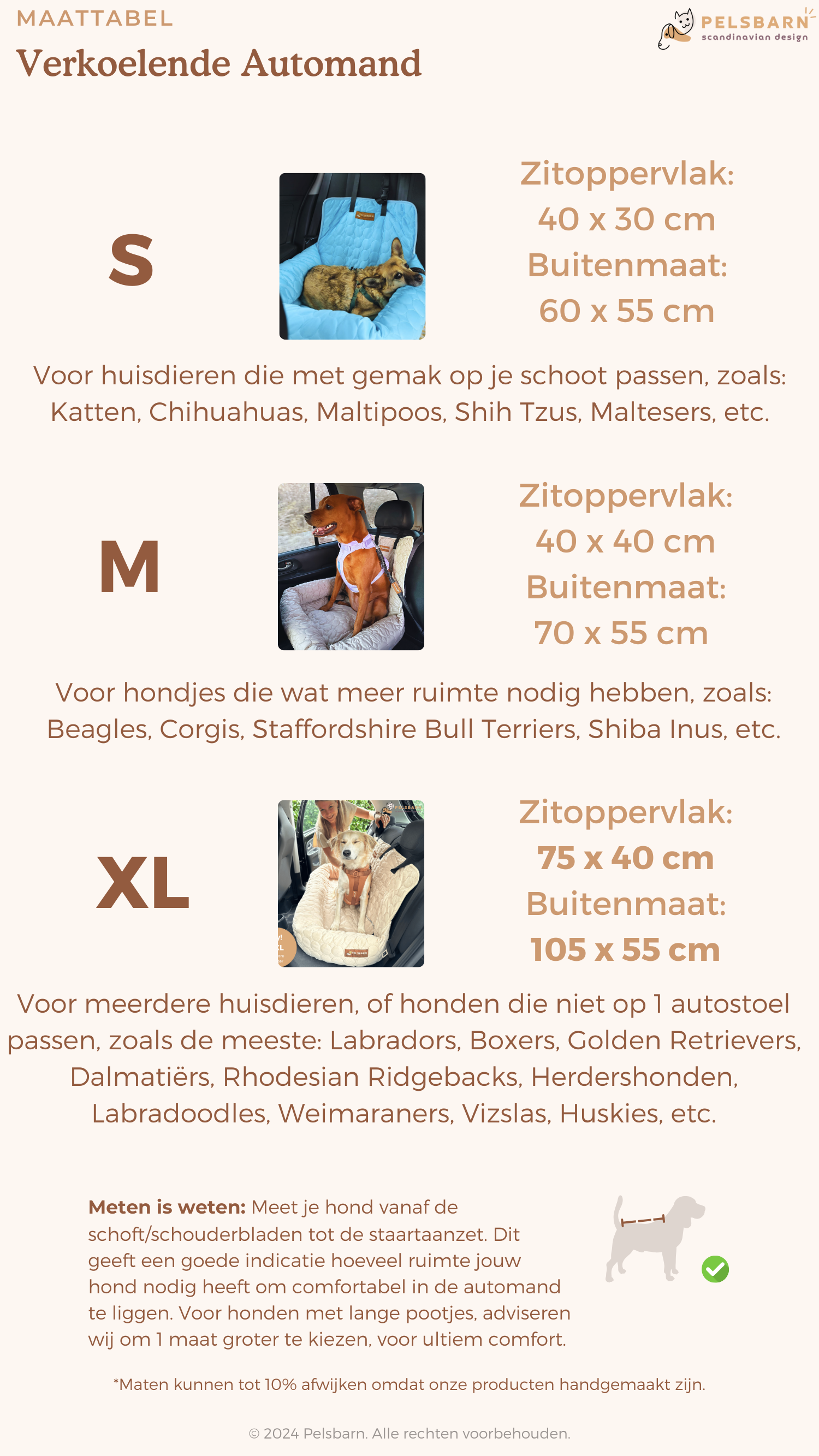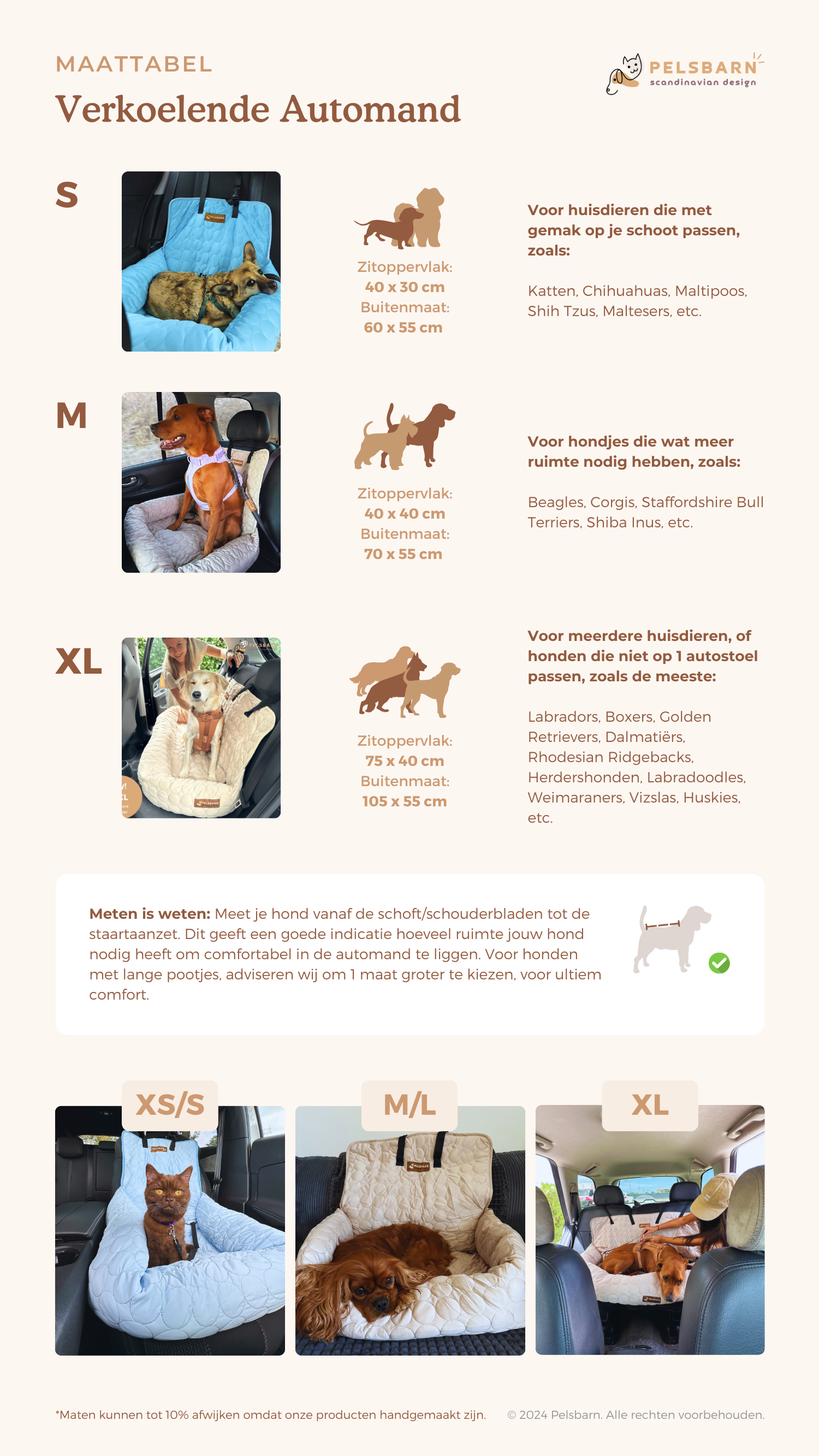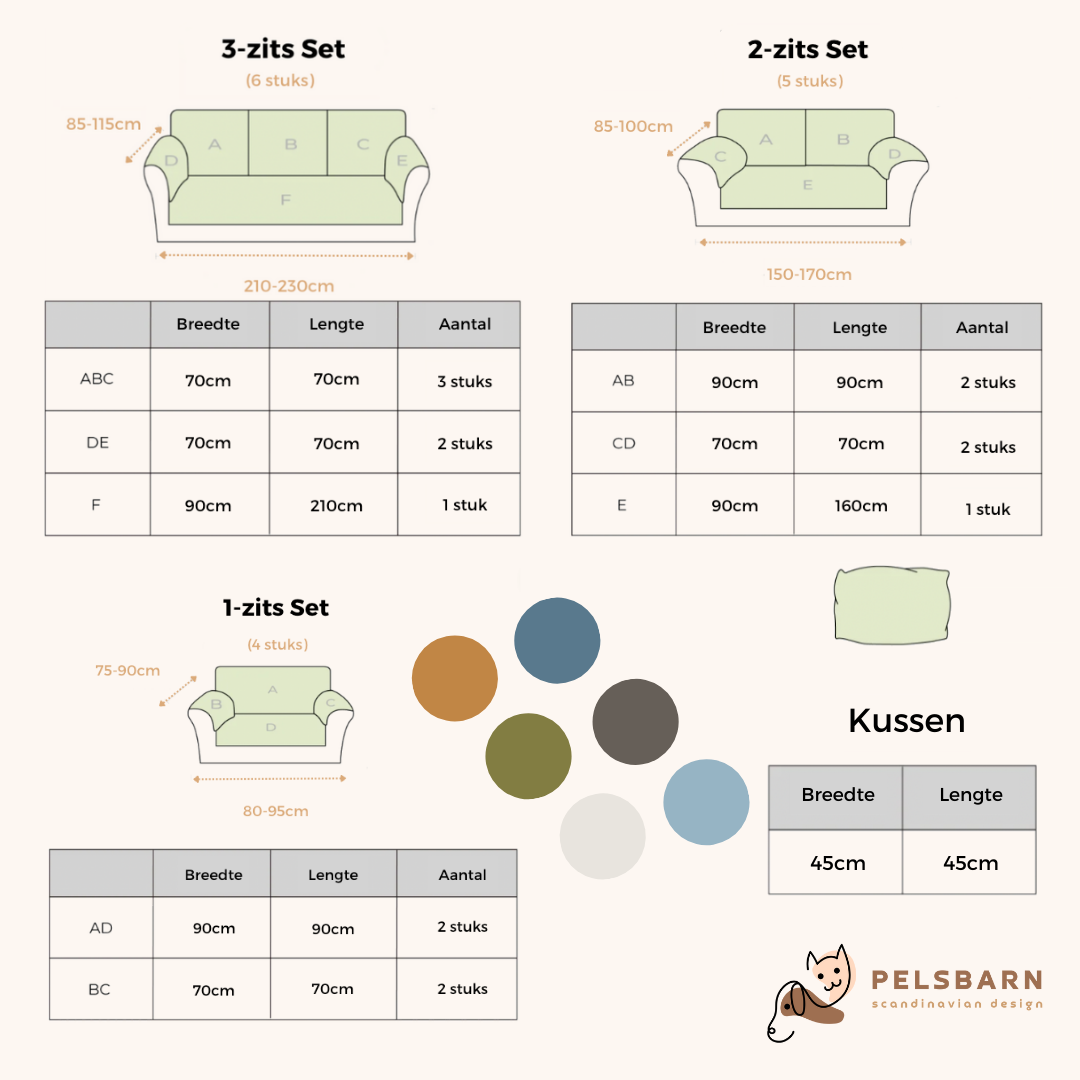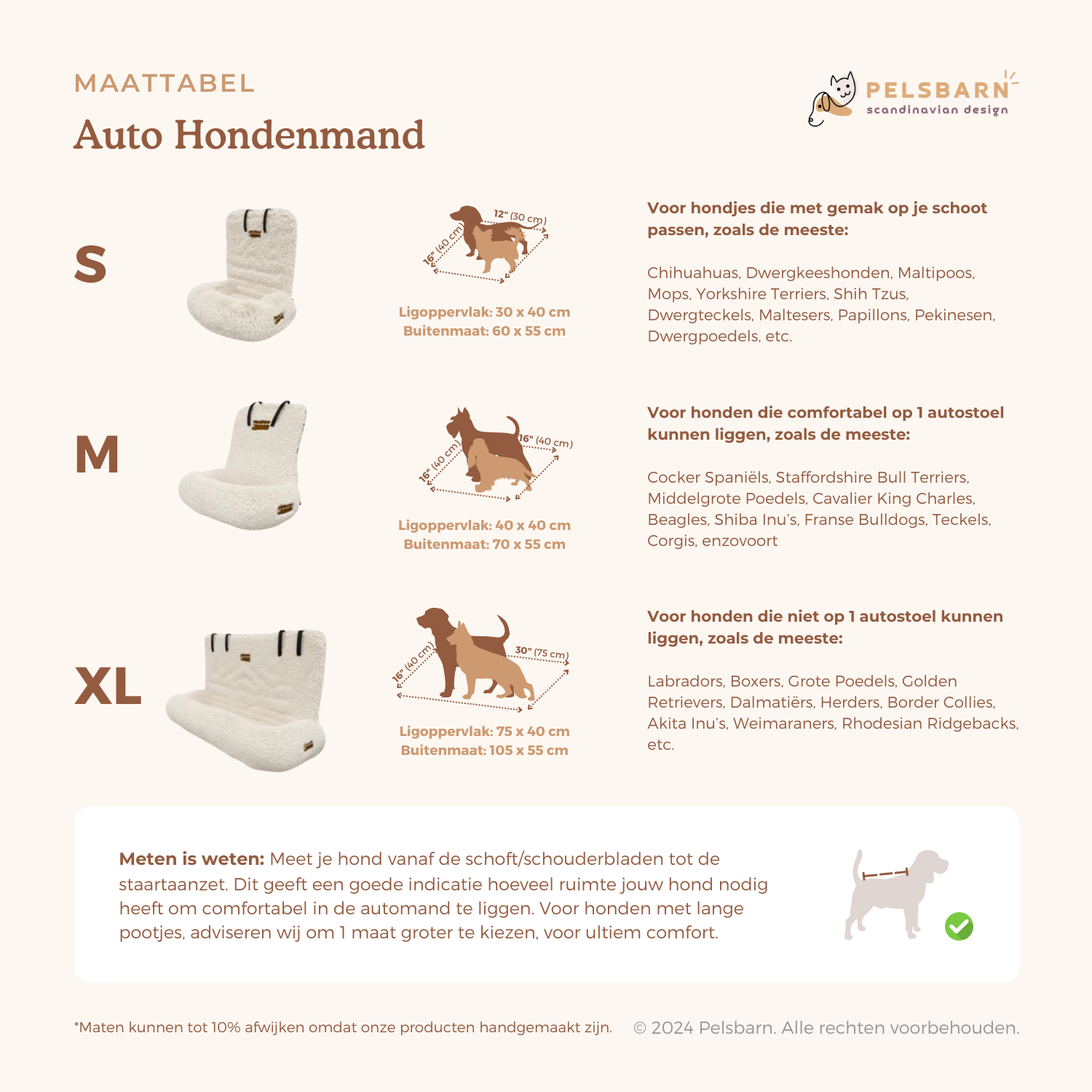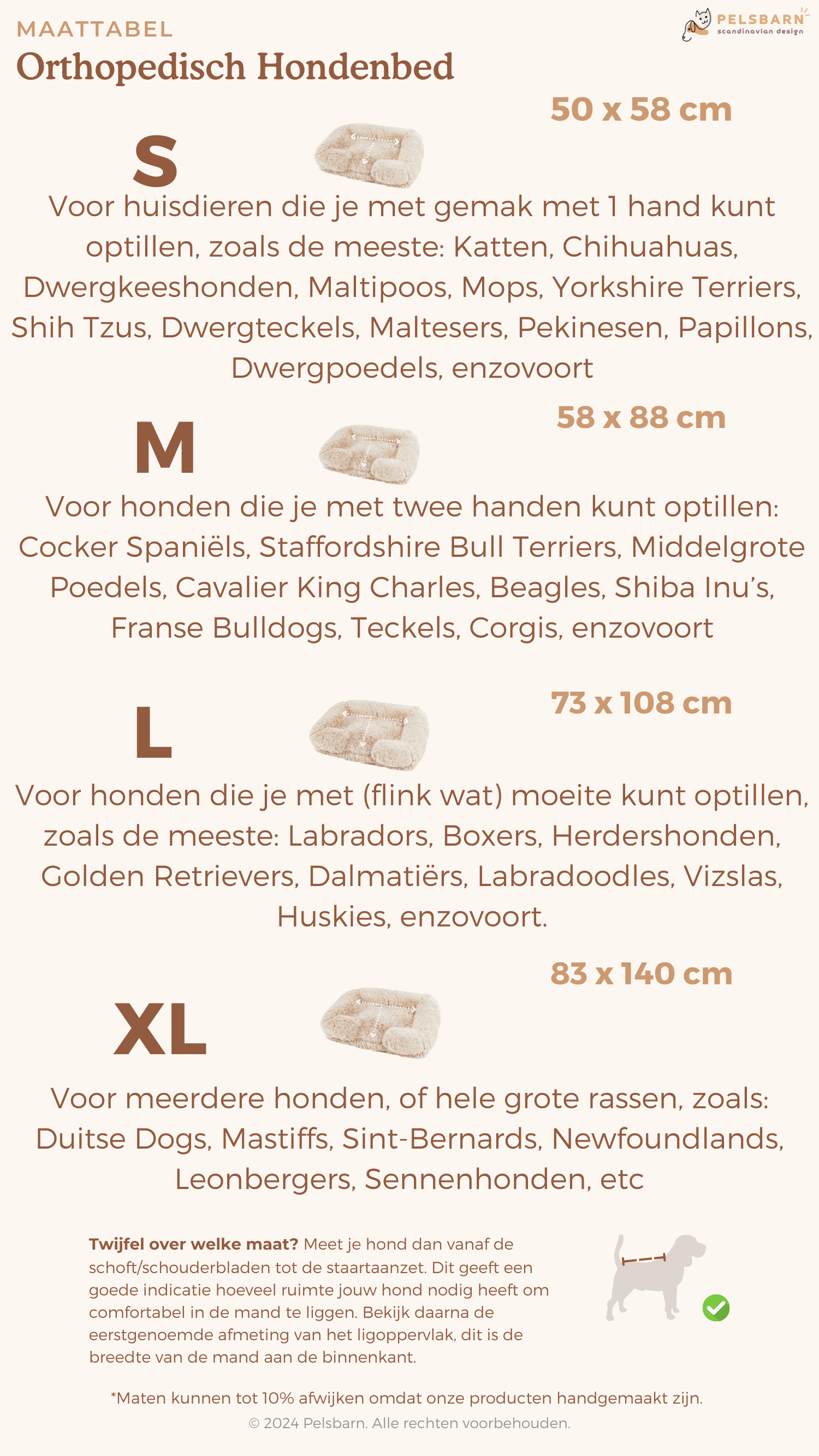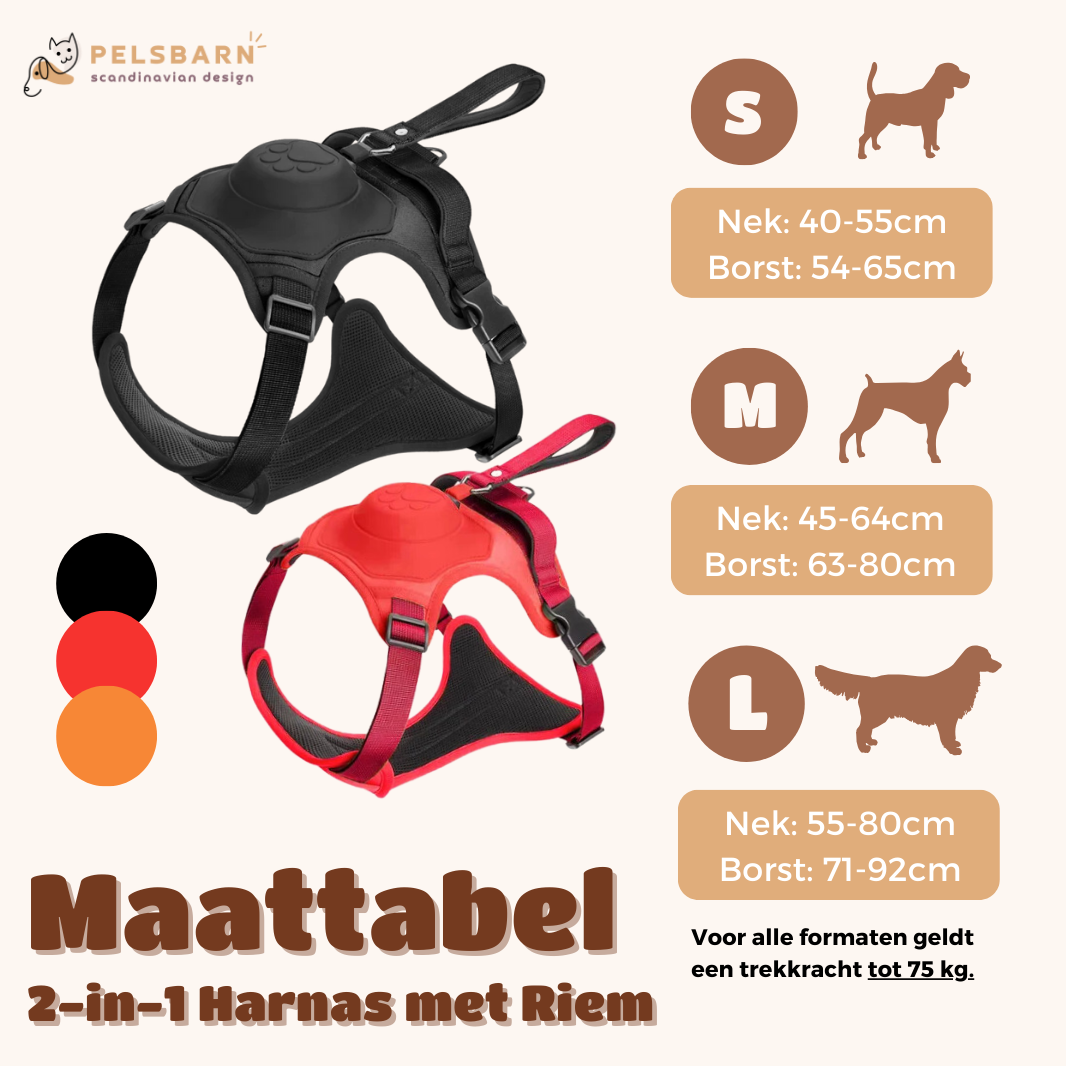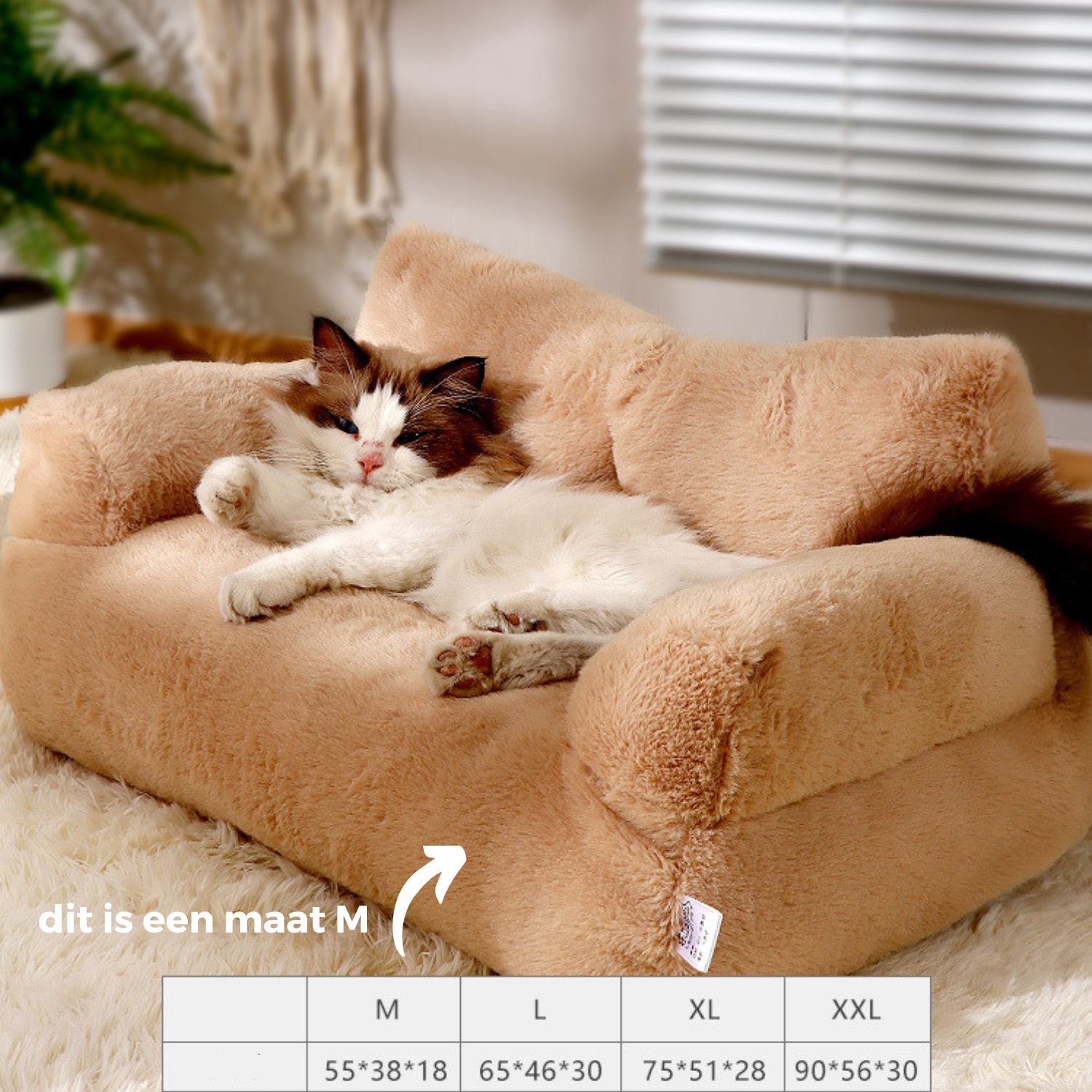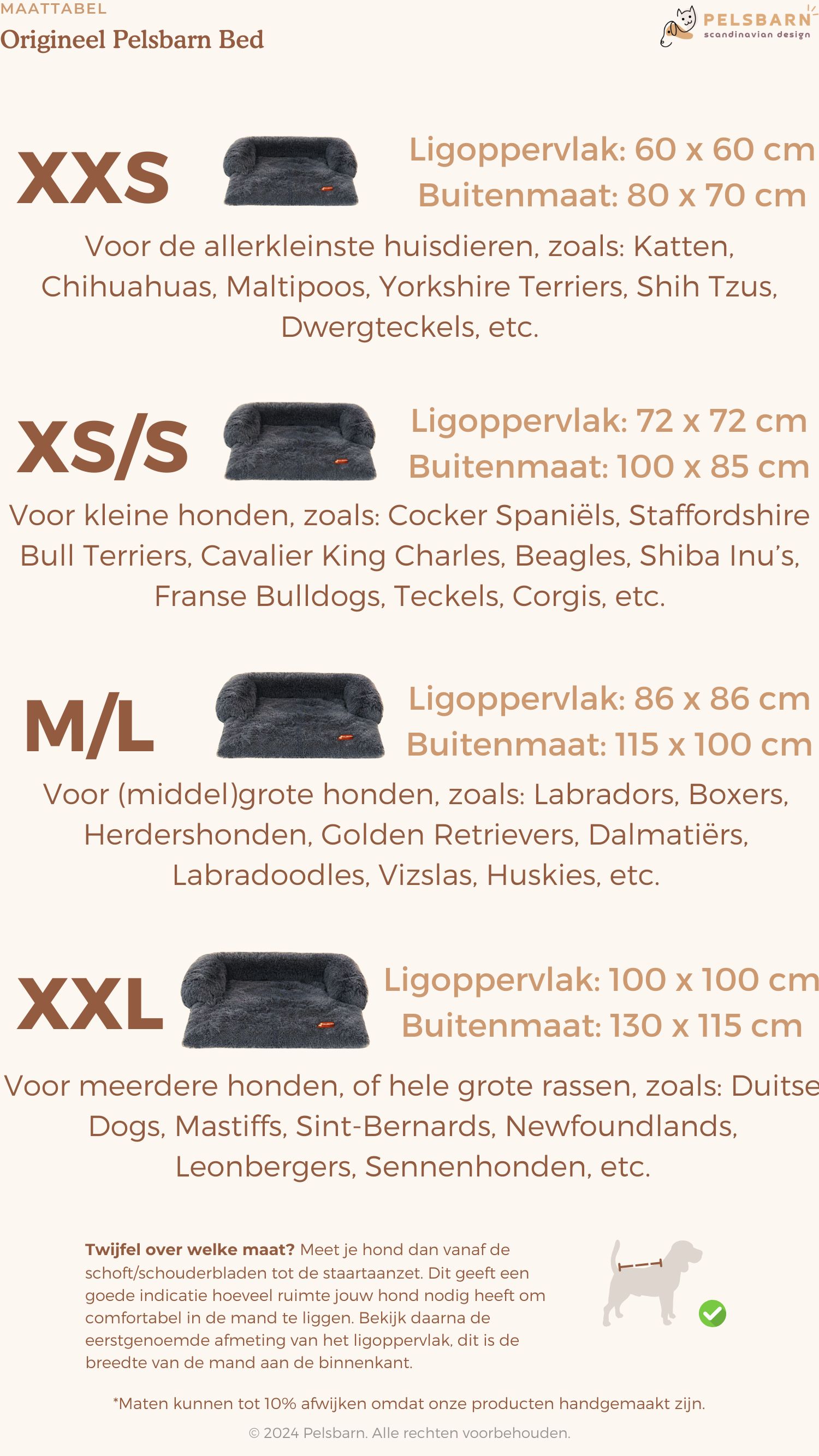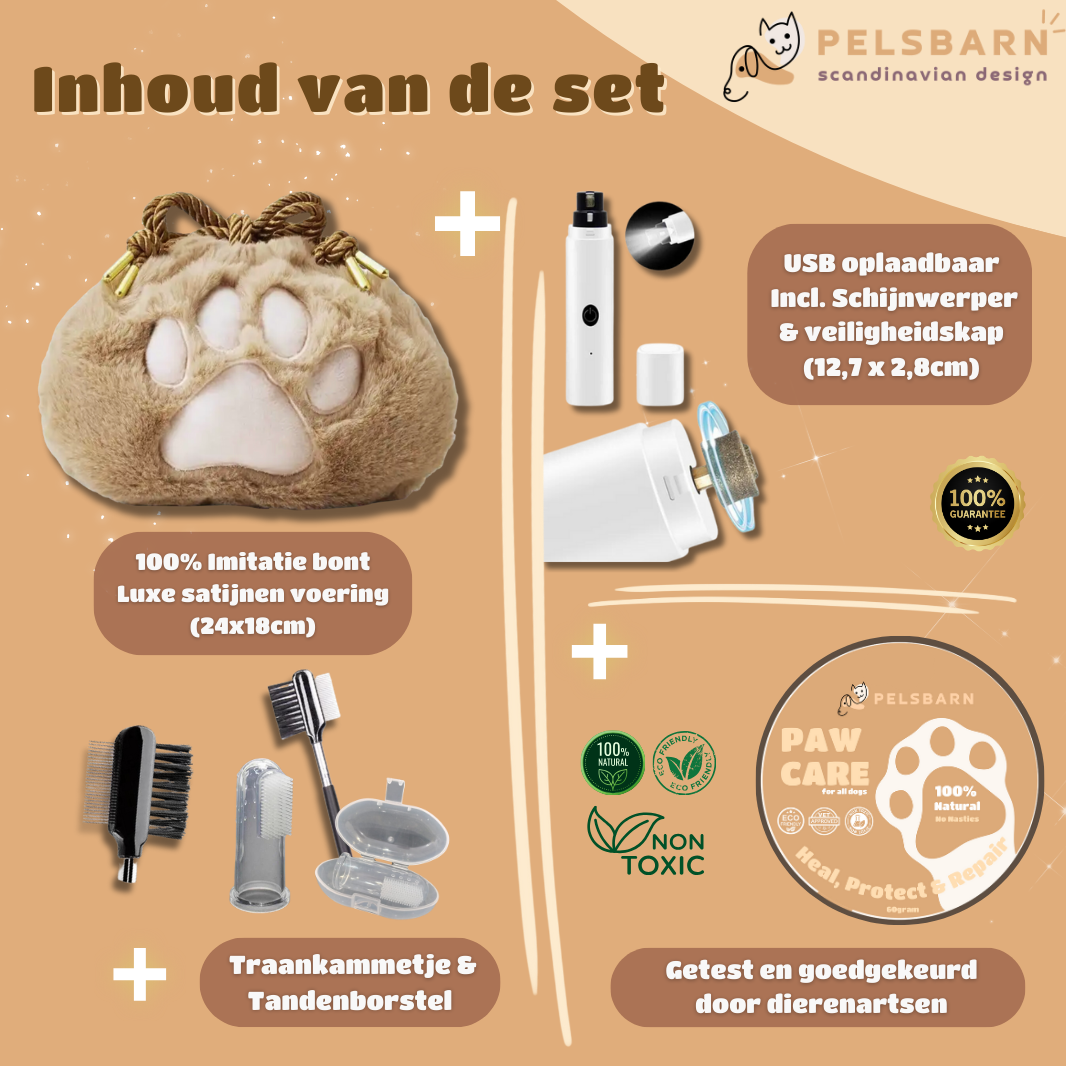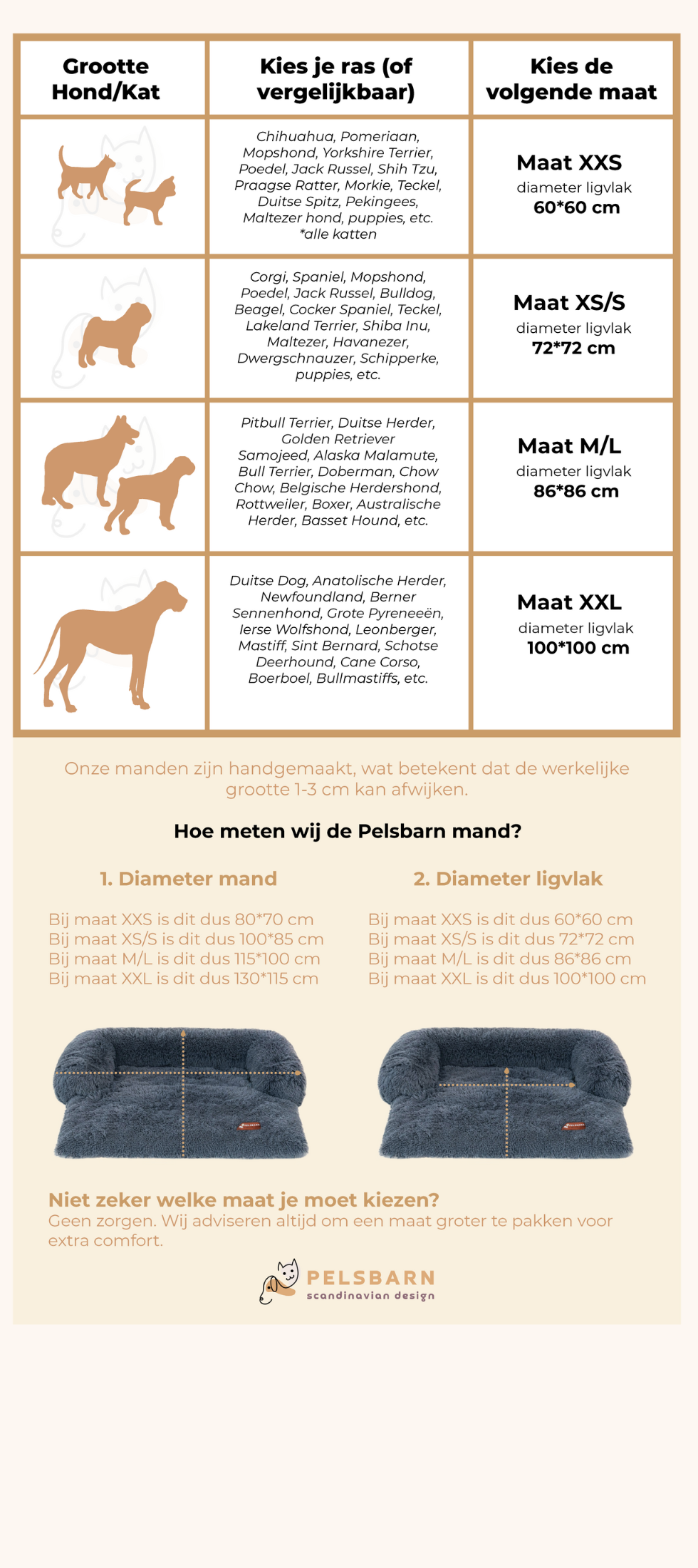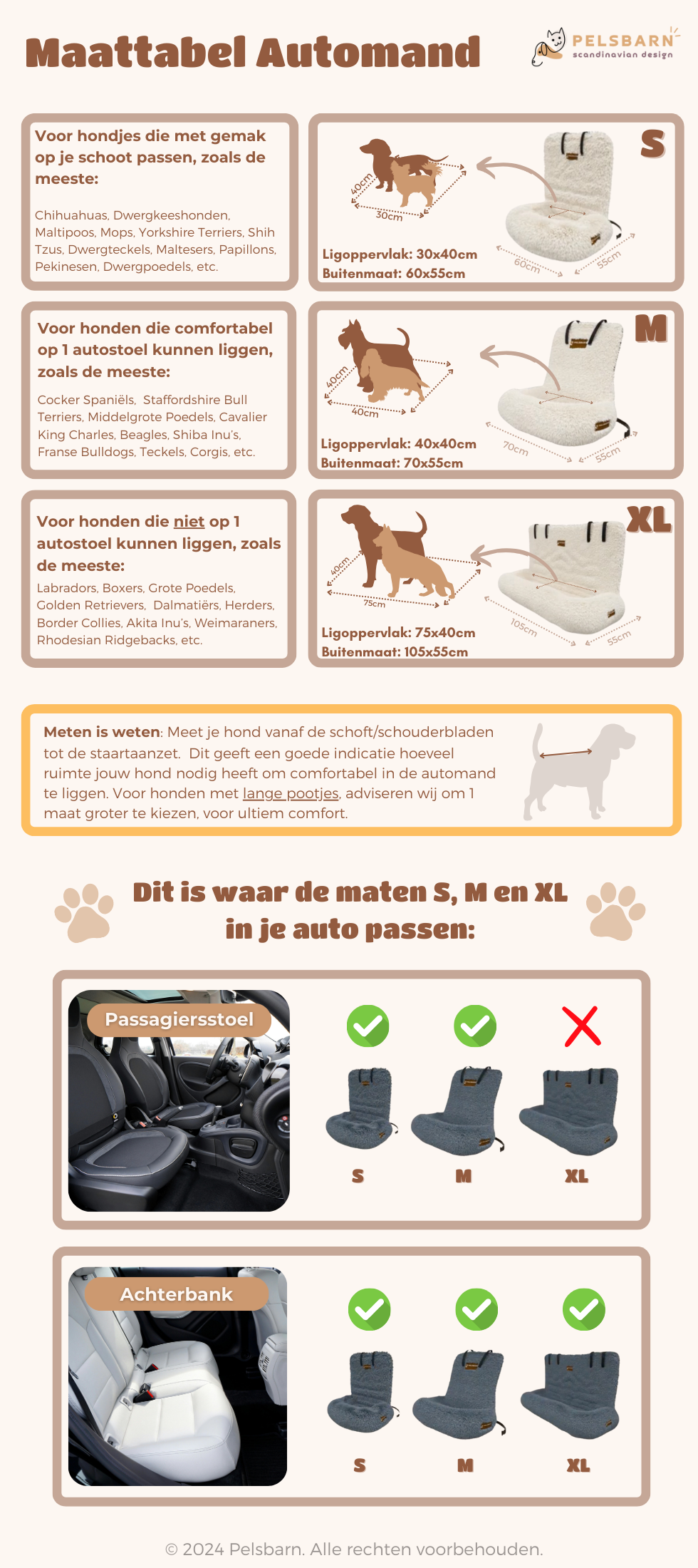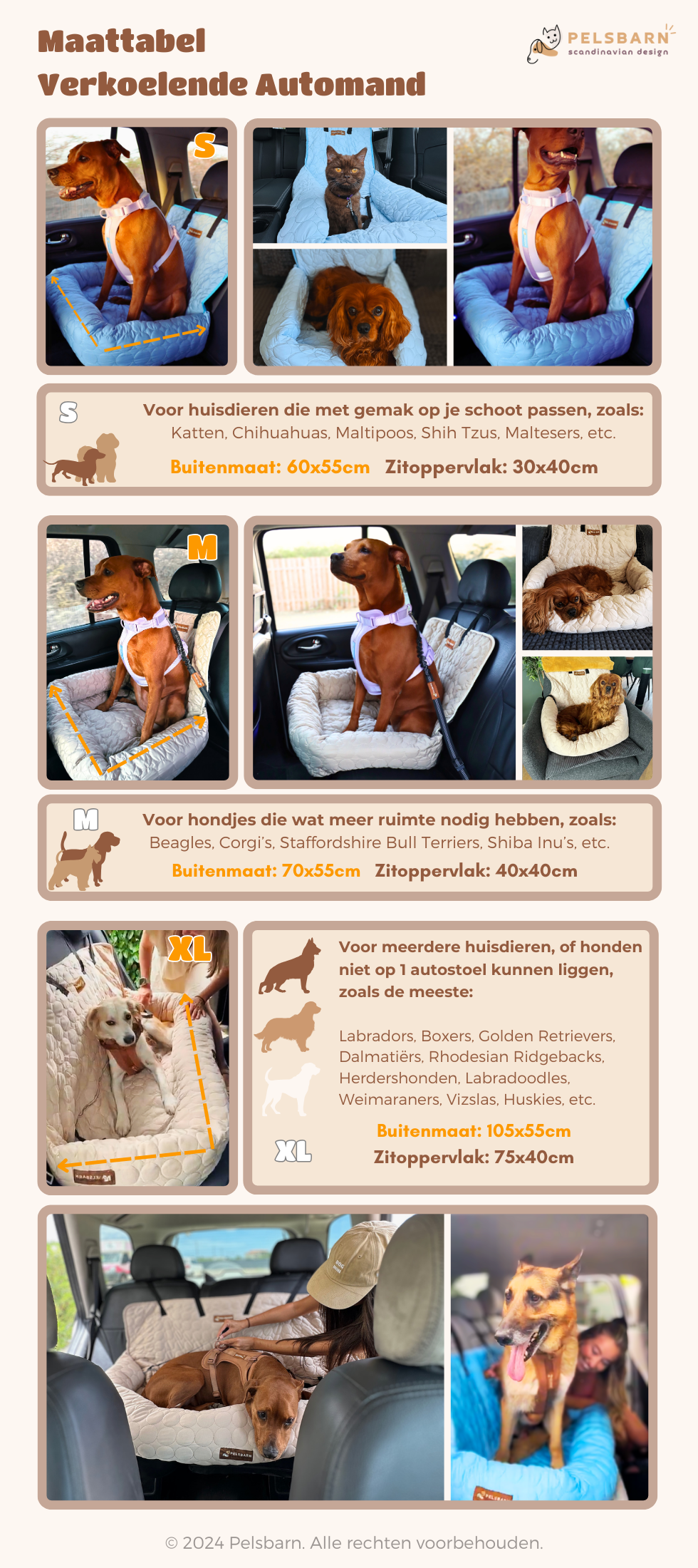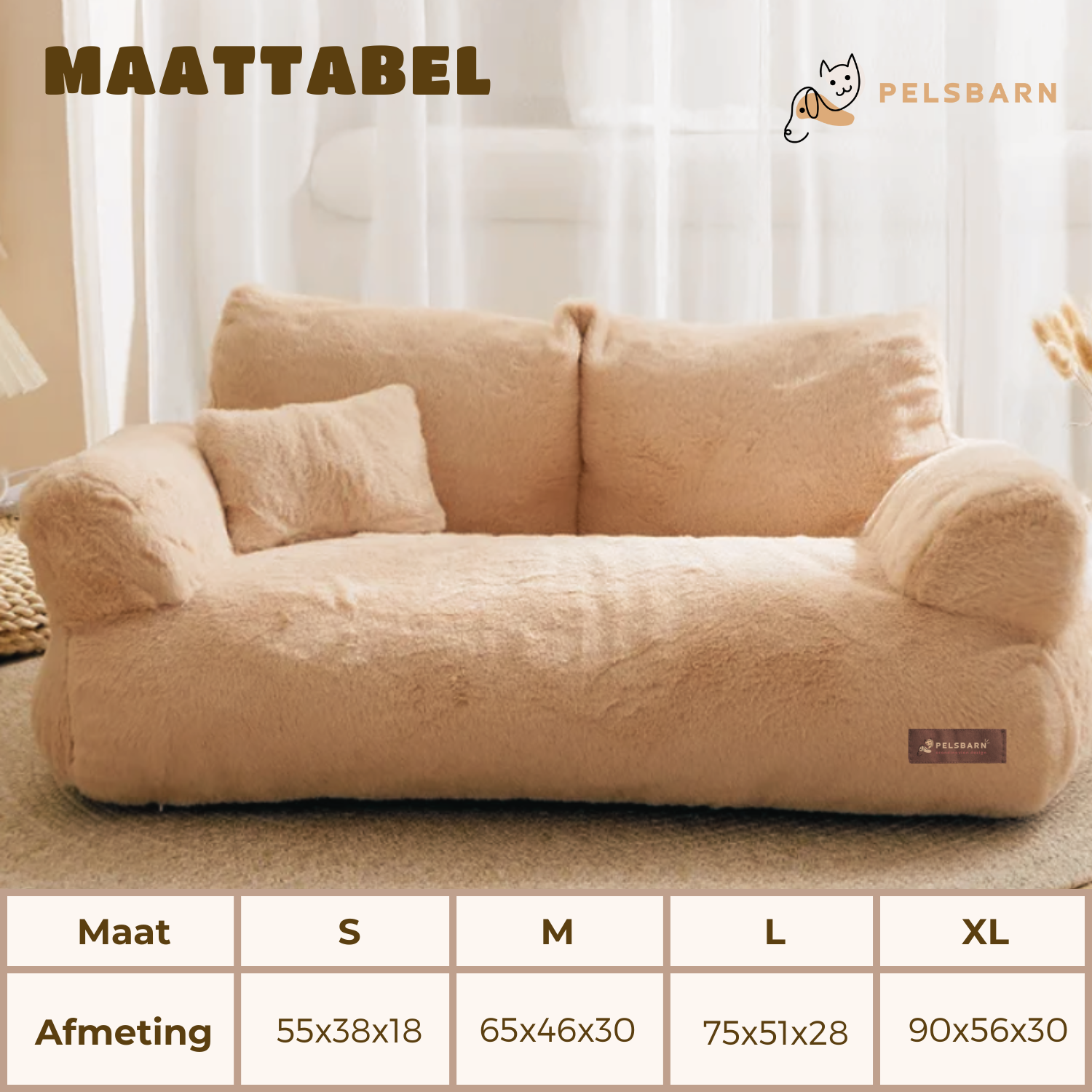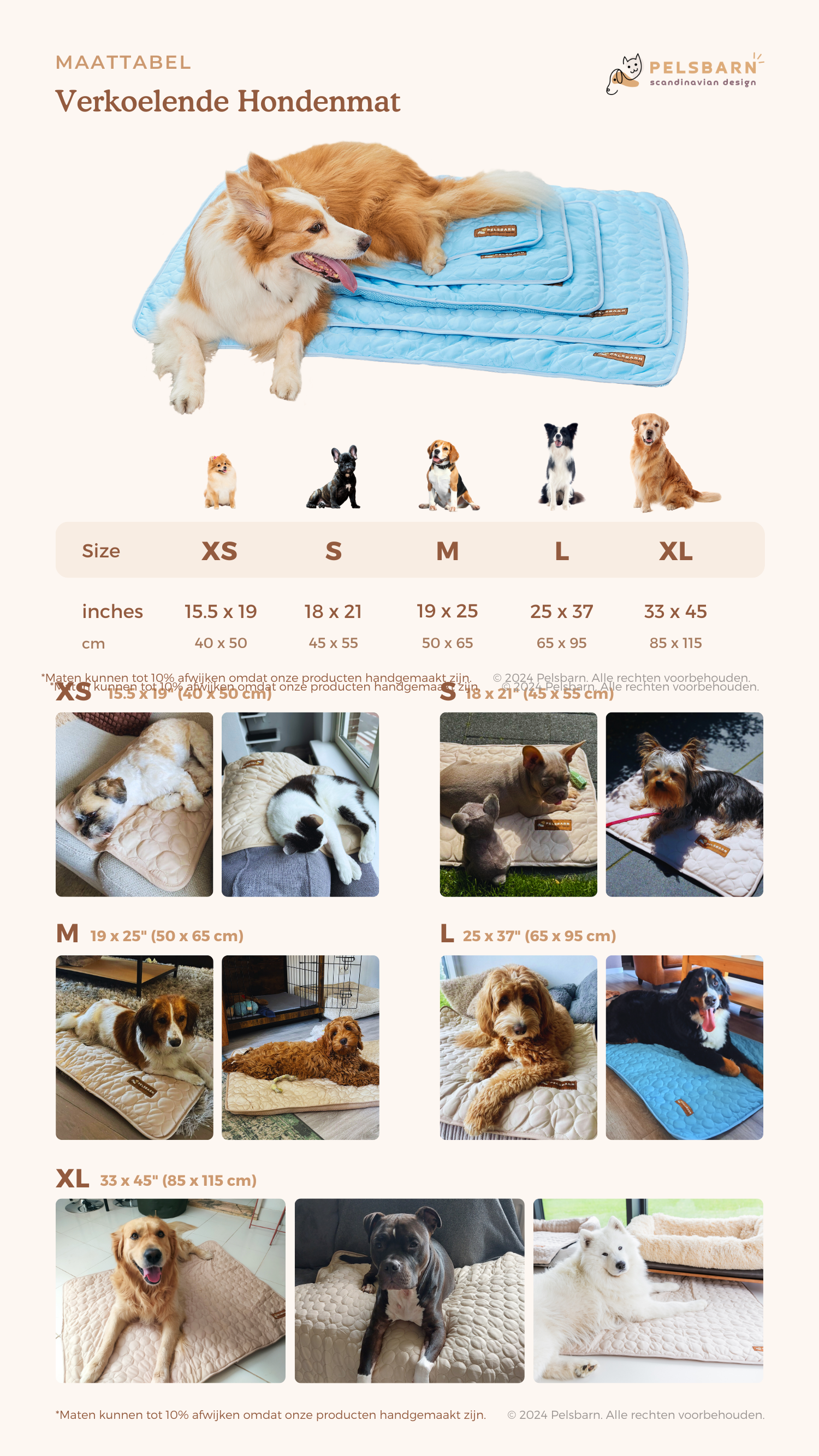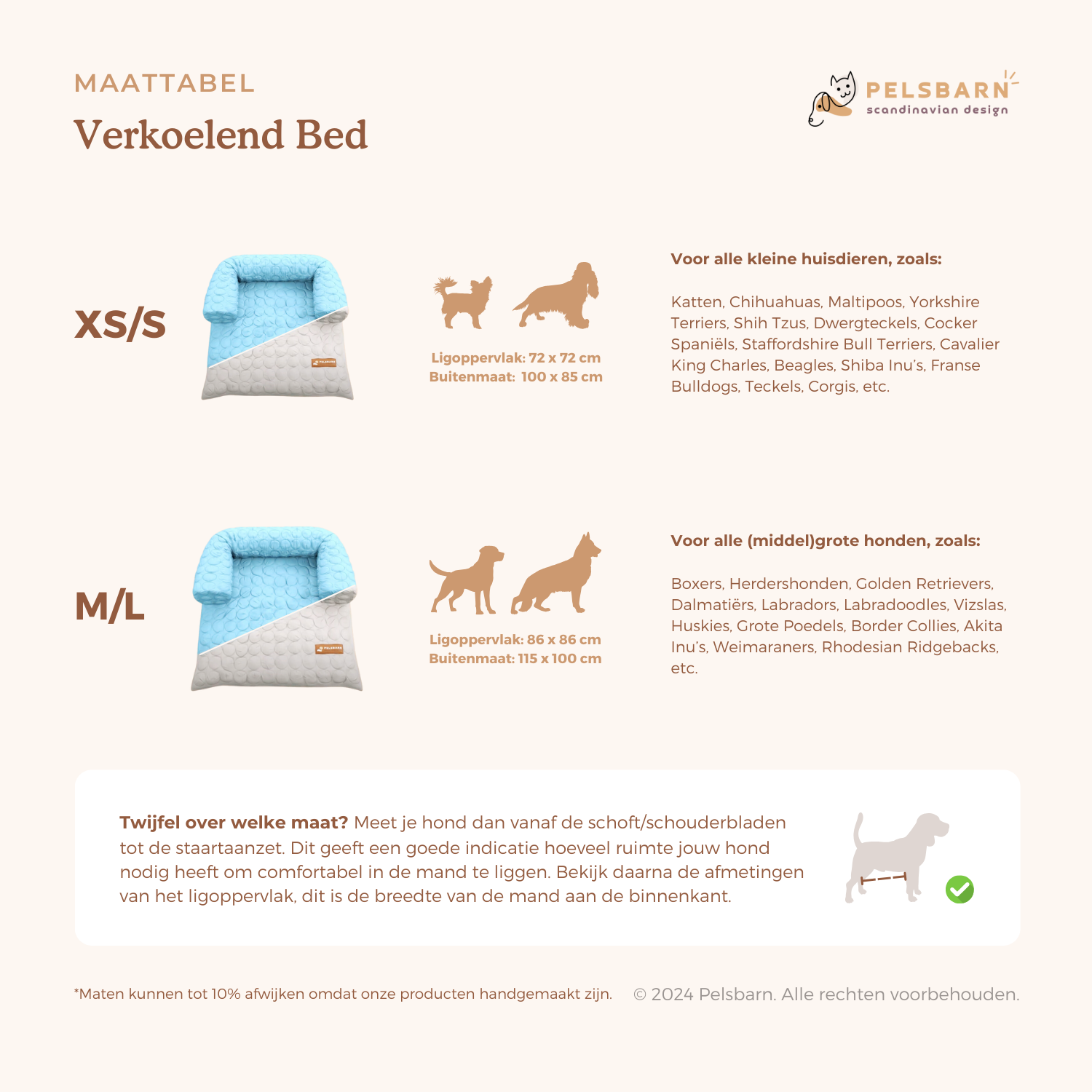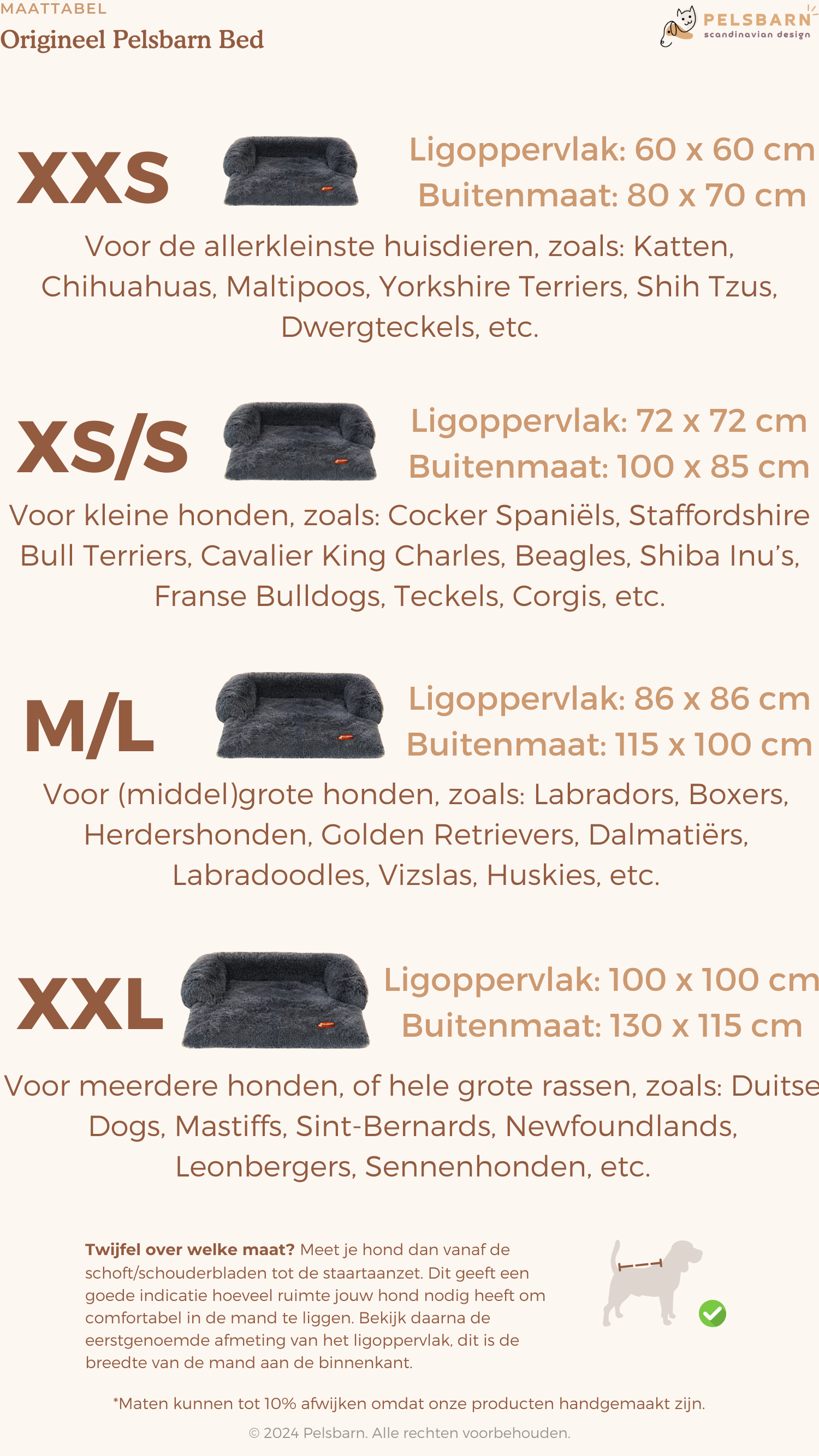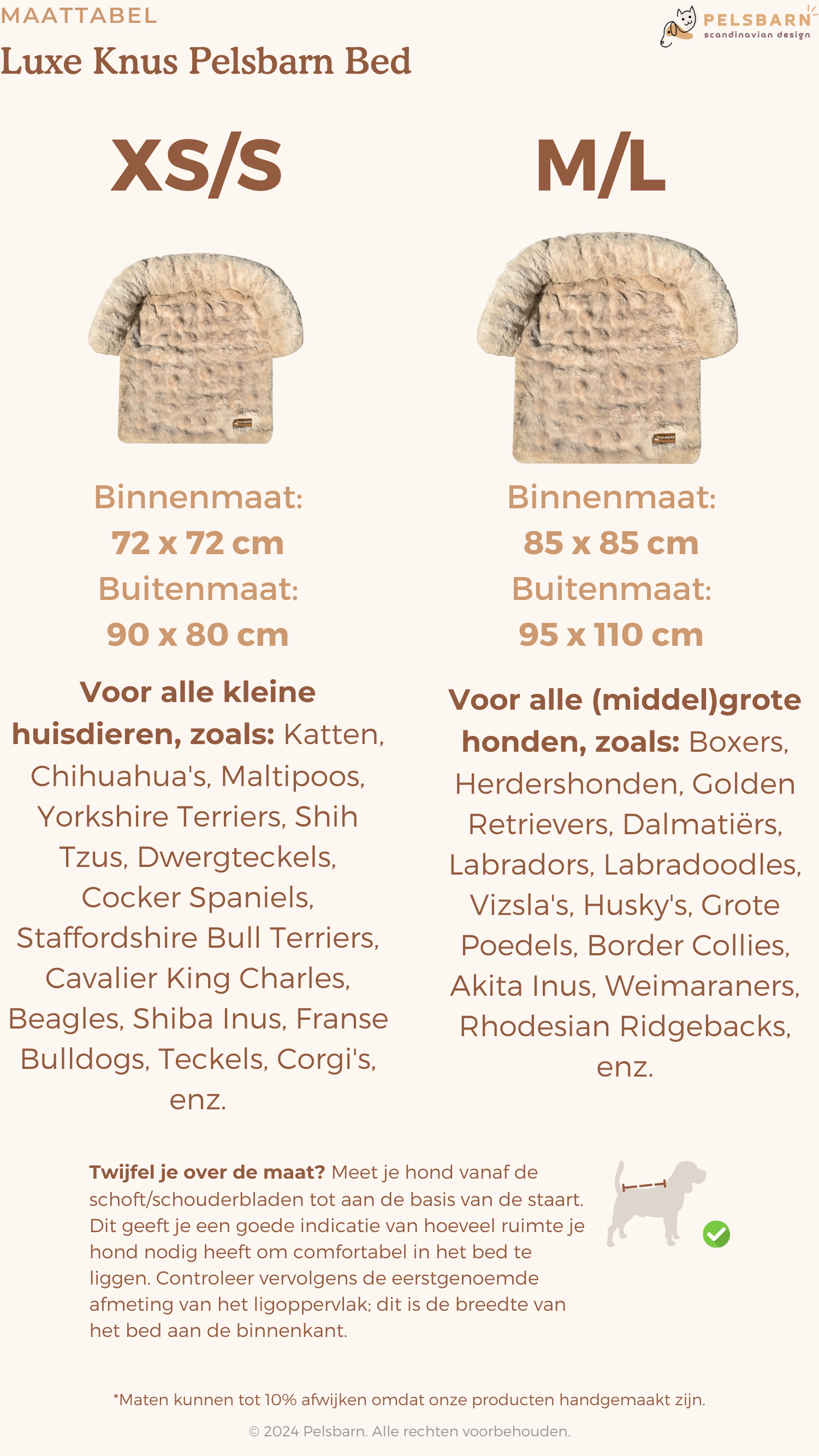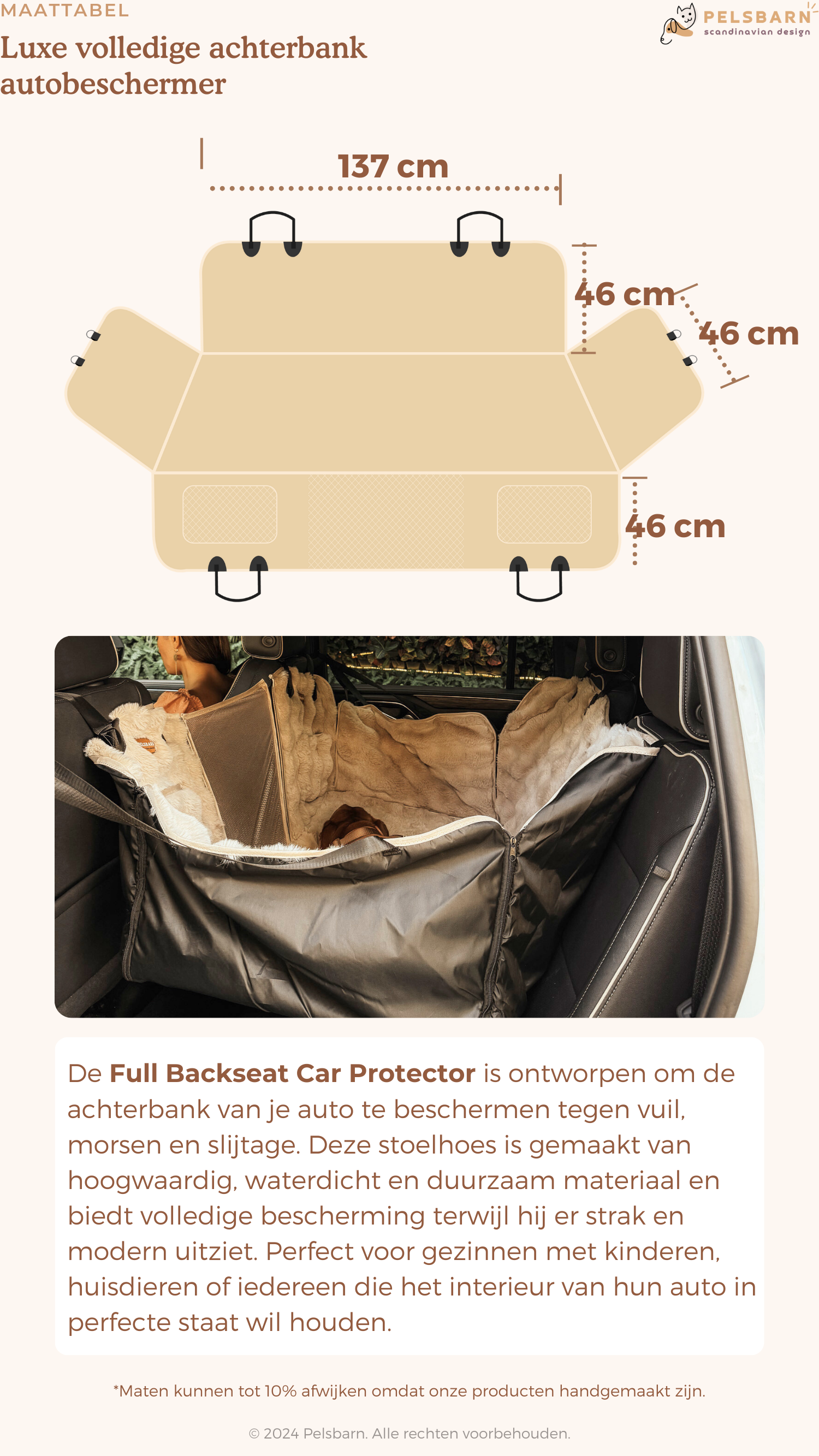Separation anxiety is unfortunately very common in our lovely dogs. How come? And where does it come from? And what can you do about it? Pelsbarn will take you and answer these questions.
Dogs with separation anxiety often can't be left home alone, but that doesn't mean that all dogs that can't stay at home are actually anxious. Separation anxiety is not only an impairment of the dog's well-being, this problem can also cause unpleasant situations for the owner.
Causes of separation anxiety
There are many different conditions that can cause a dog to develop separation anxiety. It is quite often seen in dogs that have been relocated (several times) or have stayed in a shelter for a while. This welfare problem is also lurking when a dog is very dependent on its owner and/or is insecure. Finally, separation anxiety can arise when a dog has had a traumatic experience while home alone.

How Can Separation Anxiety Be Treated?
These kinds of behavioral problems are not easy to solve, especially because the problem behavior occurs at a time when the boss is not present. Intervening at the moment itself is therefore virtually impossible. There are several aspects that need to be paid attention to. For example, the dog must be trained to ensure that the dog experiences its environment (the home) as familiar in the first place. Only then can you start building up carefully at home. It is essential that you return home before the dog becomes anxious or stressed. When the dog is near you, you must provide clear and consistent leadership so that the dog learns to trust you.
Note: Many will recommend giving your dog pills and the like to calm them down. At Pelsbarn we are not a fan here and believe in a natural approach.
Departure and return
It is important to leave and come home as smoothly as possible.
In both cases, try not to give the dog any attention, this way you show that leaving and coming home is completely normal. For example, if you cuddle the dog extensively shortly before departure, it can get the idea that something special is about to happen. In addition, it is important to give the dog as few departure signals as possible. Leaving a radio on can be a good idea, turning on the radio every time you leave home can actually become a departure signal for the dog. Eventually it will become restless when you walk to the radio.
Try to make sure the dog is in a calm state of mind before you leave. If the dog is already restless at the time of departure, this will certainly not improve if you are really away from home. Finally, the dog must be walked well before departure. You would prefer to ask your dog for a mental effort by, for example, doing some games or exercises with him. A dog that is tired will be more inclined to lie down quietly.
Diversion
Giving the dog a distraction is very important. When a dog is kept busy, there is less room for the stress situation to arise. In addition, the dog can eventually associate staying home alone with something positive. The best way to distract a dog is with food. You must of course ensure that the dog has not just been fed.
It can also help to give the dog something very tasty that he normally does not get, something exclusive. For example, you can think of a kong that you can fill with (canned) food and/or snacks. This way the dog is distracted / busy for a longer period of time.
At Pelsbarn we have developed a new dog bed to help dogs against stress and anxiety attacks. If you are interested, you can take a look here for the dog basket .
